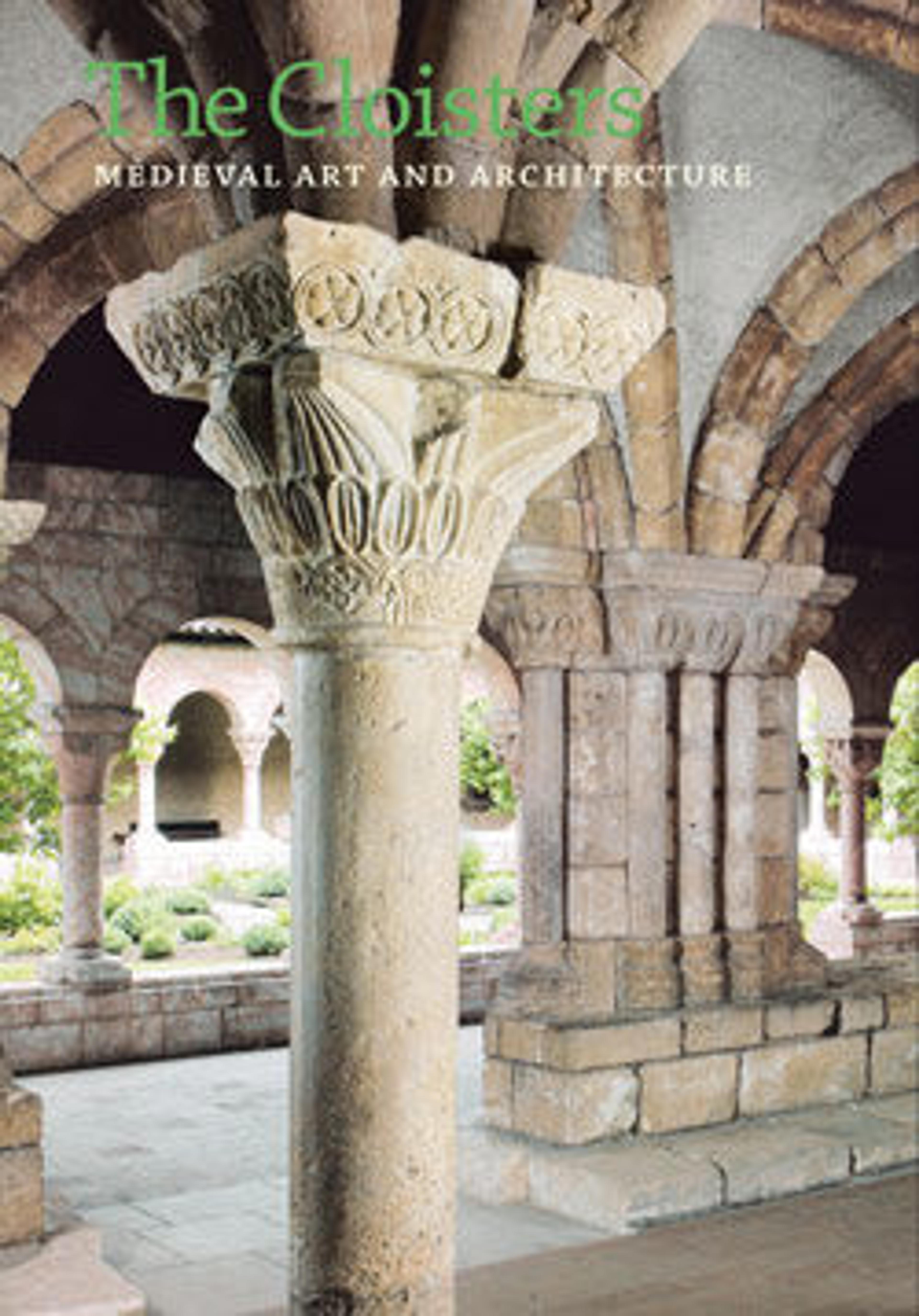Panel with Joachim's Offering Rejected
Carved on The Cloisters' thirty-five oak panels are scenes from the lives of the Virgin and Christ, each set under an elaborate canopy of single or double arches. The exuberant latticework surrounding the arches provides an almost encyclopedic display of pinnacles, crockets, spirals and other fanciful decorations. The panels show here open the narrative sequence, with the childless Joachim and Anne standing inside the Temple, saddened by the refusal of their offering. On the next panel an angel, arching his body, appears to Joachim with the news that he and Anne will have a daughter and that she will be named Mary. As in many late medieval works, the figures are foreshortened within their inhabited surroundings, adding depth and drama to the composition.
Artwork Details
- Title:Panel with Joachim's Offering Rejected
- Date:early 16th century
- Geography:Made in Normandy, France
- Culture:French
- Medium:Oak
- Dimensions:Overall: 35 1/2 x 11 3/8 x 1 1/2 in. (90.2 x 28.9 x 3.8 cm)
- Classification:Woodwork-Architectural
- Credit Line:The Cloisters Collection, 1950
- Object Number:50.147.1
- Curatorial Department: Medieval Art and The Cloisters
Audio
41. Panel with Joachim's Offering Rejected
Gallery 13
NARRATOR: Thirty-five carved oak panels cover the walls of this room. Each panel depicts an episode from the life of the Virgin, or the life and Passion of Christ. It's thought that these panels come from the royal abbey of Jumièges in Normandy, where they formed the backs of the choir stalls. The panels begin with the story of Anna and Joachim, the parents of the Virgin Mary. One panel depicts an angel visiting Joachim to announce the coming of their daughter. Notice the beautifully detailed angel in flight and the fields and animals in the background. Compare this to the panels showing the early years of Mary's life leading up to her betrothal to Joseph. These are more solemn in their depictions. Look for the particularly expressive and dramatic scenes of the Annunciation, Christ's Nativity, and Christ's Baptism. Some more obscure scenes of Christ's public life are also depicted here. For example, to the left of the small doorway, there’s an image of Christ saving the adulterous woman from stoning. These scenes were not often expressed in art, probably because they don’t relate to the church's liturgy. Many of these scenes have the composition and drama of mystery plays, which were popularly staged in France during this period.
More Artwork
Research Resources
The Met provides unparalleled resources for research and welcomes an international community of students and scholars. The Met's Open Access API is where creators and researchers can connect to the The Met collection. Open Access data and public domain images are available for unrestricted commercial and noncommercial use without permission or fee.
To request images under copyright and other restrictions, please use this Image Request form.
Feedback
We continue to research and examine historical and cultural context for objects in The Met collection. If you have comments or questions about this object record, please contact us using the form below. The Museum looks forward to receiving your comments.
